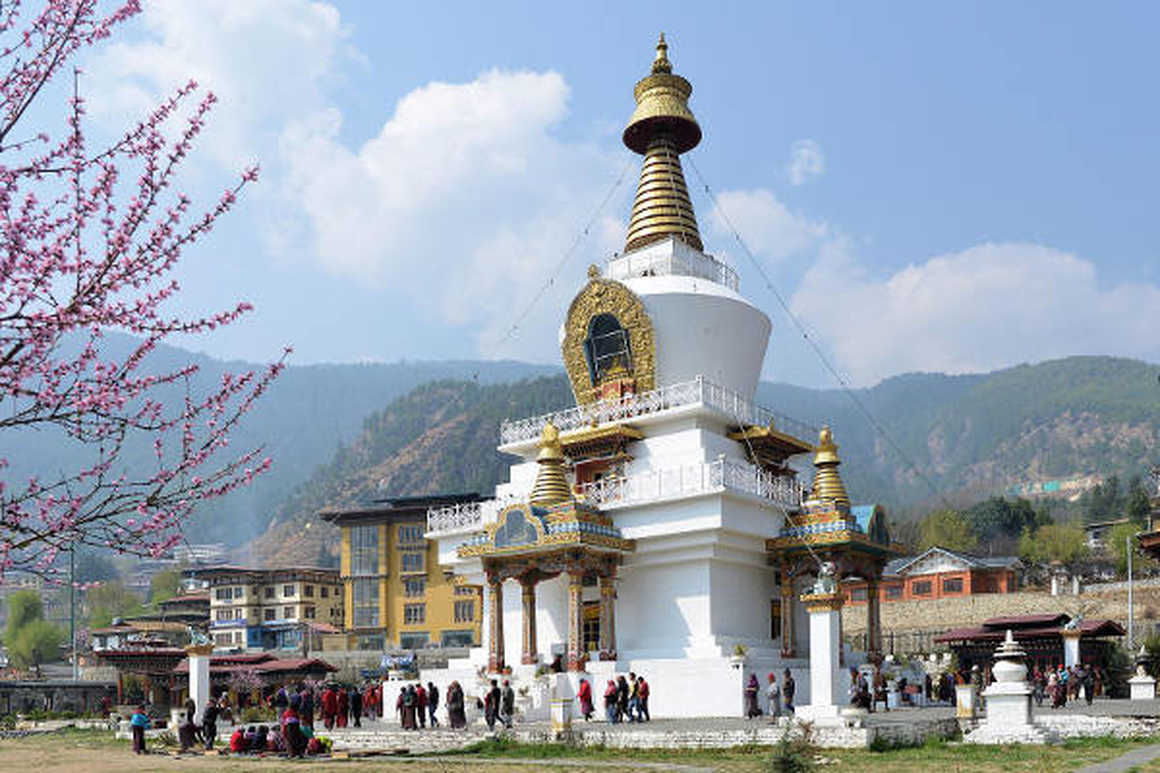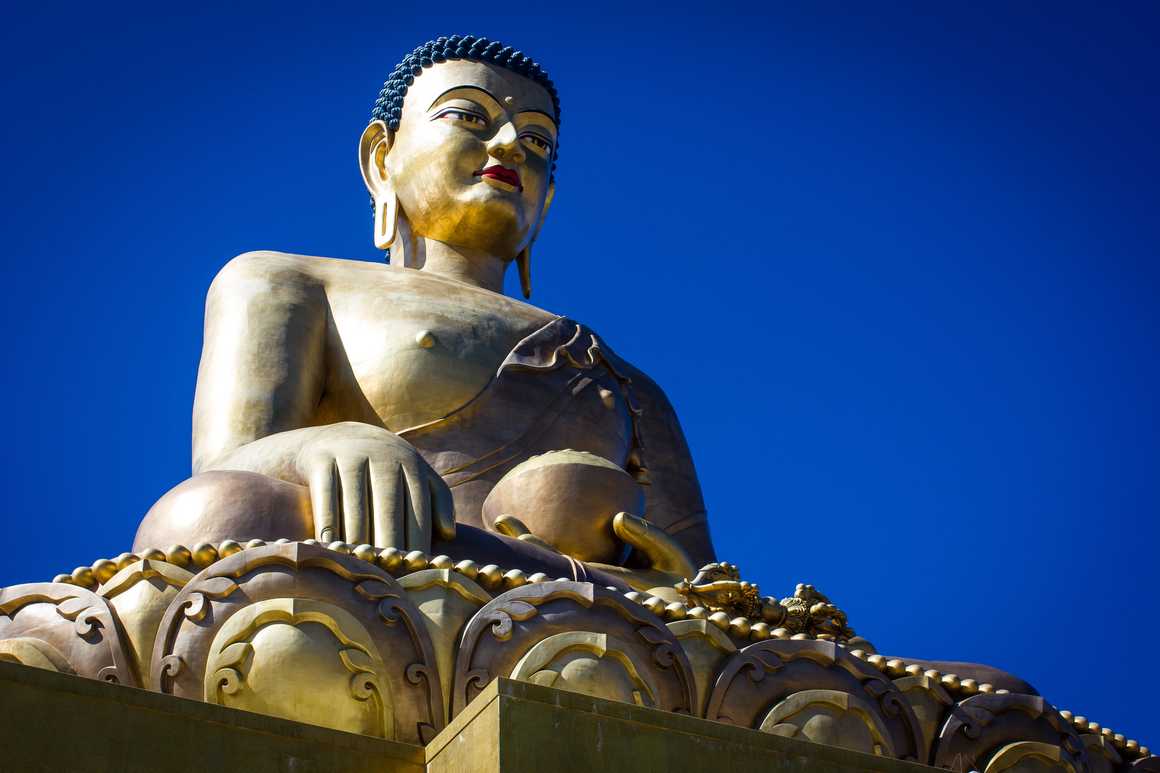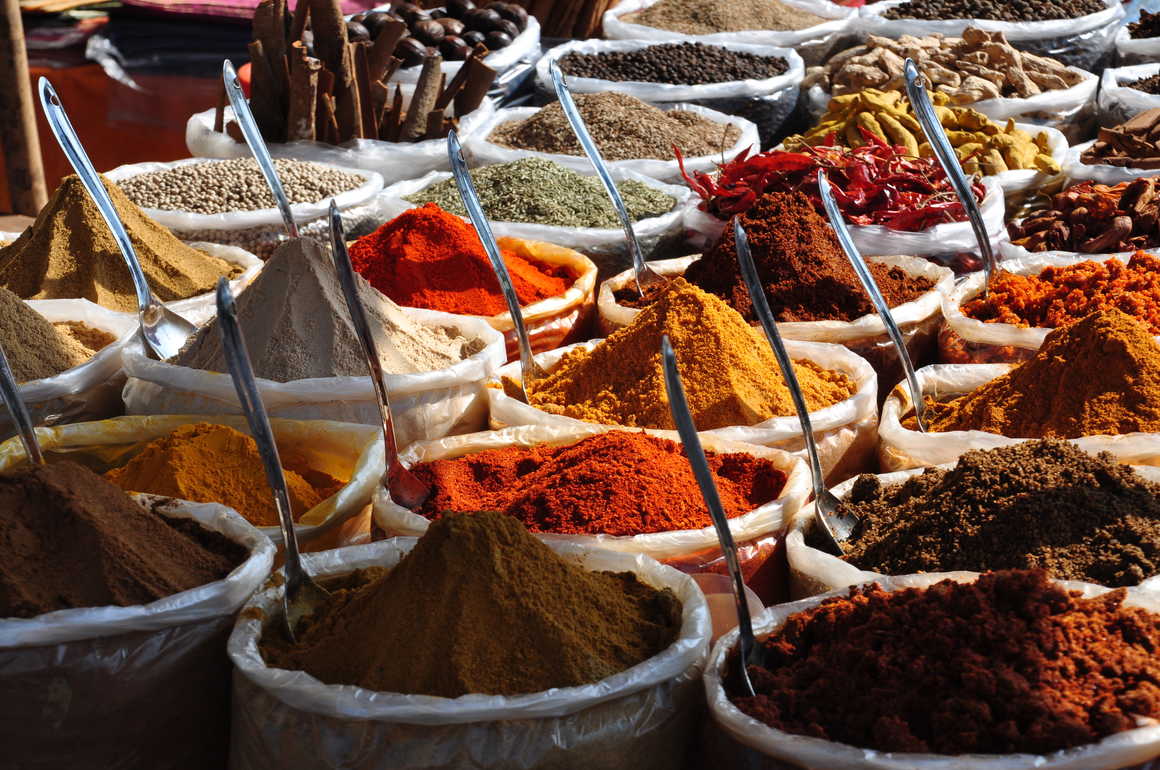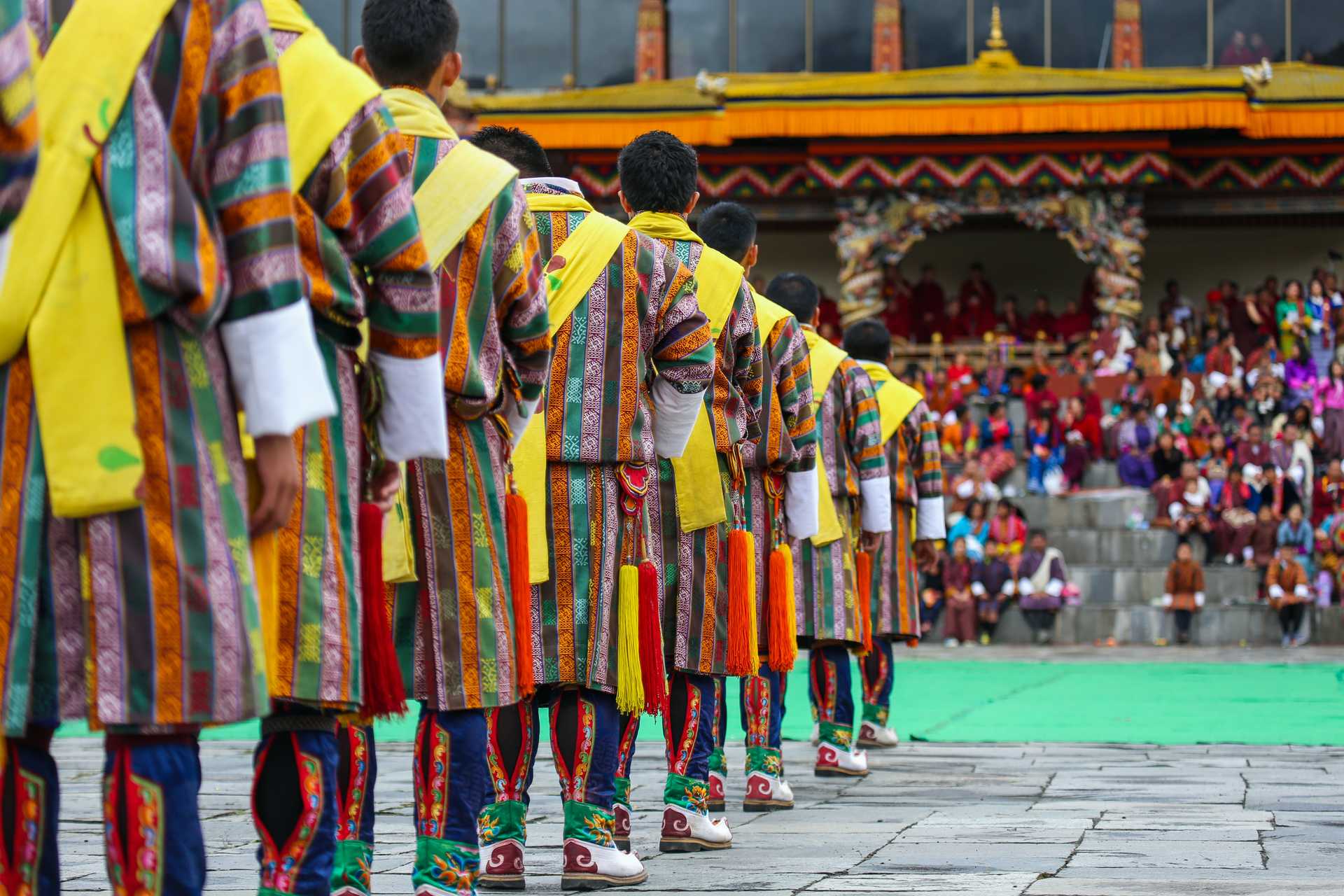The Best Things to do in Thimphu Bhutan
Thimphu, the capital city of Bhutan, is a vibrant
destination tucked away in the heart of the Himalayas. Established as Bhutan’s
capital in 1961, Thimphu embodies the essence of Bhutanese tradition and charm,
offering a captivating blend of ancient heritage and modern influences.
From its remarkable monasteries to its bustling markets,
Thimphu is a city that has embraced modernity with open arms yet preserved its
colourful traditions and rich heritage in many ways. The city continues to
serve as a central part of Bhutanese culture and governance, reflecting the
nations tradition, spirituality and development.
If you are travelling to Bhutan to embark on one of our
spectacular Bhutan treks, then a trip to Thimphu must be on your travel
itinerary. Only an hour’s drive from Paro Airport (PBH) on quite a decent road,
Thimphu has some great things to see and do even if you have just a day. It’s
cultural richness and historical significance make it an essential stop for
every traveller.
In this blog post, we’ll take a closer look at Bhutan’s capital
and offer our top recommendations for things to do in Thimphu.
Where is Thimphu?
History of Thimphu
It wasn’t until 1961 that Thimphu became the capital of
Bhutan during the reign of the third Druk Gyalpo, Jigme Dorji Wangchuck. Before
that the capital was located in Punakha. The shift to Thimphu was part of the
modernisation efforts initiated by the king, who aimed to centralise governance.
Thimphu has undergone significant modernisation and
development in recent decades. While the city has embraced elements of modern
infrastructure and technology, it has also carefully preserved its cultural
heritage and traditional Bhutanese architecture.
Today, Thimphu remains the cultural heart of Bhutan as well
as serving as the political and administrative centre of the country. It is a
popular destination for those visiting Bhutan as there are plenty of things to
see and it provides insight into the way of life in the Himalayas.
Things to do in Thimphu
1. The National Memorial Chorten

One of the best ways to begin this list of things to do in
Thimphu is by starting your day with a visit to the National Memorial Chorten, one
of the most important Tibetan-style temples in Thimphu. Built in 1974 the
chorten is a memorial to the third King of Bhutan, Jigme Dorji Wangchuck who is
held in very high esteem by many Bhutanese for having started the
democratisation process.
A serene and tranquil place to visit in Thimphu, the chorten
is adorned with beautifully carved mandalas and statues. It also has a
remarkable display of ancient paintings and wooden carvings that depict
teaching of Drupka Lineage and Lama Gongdu. Early morning is a great time to
visit, as locals shuffle around the chorten, families light butter lamps and
children pass on their way to school.
2. Buddha Dordenma

Next stop on your tour of the best things to do in Thimphu should
be the huge golden Buddha Dordenma Statue. Located on the top of a hill at the
Southern end of the Thimphu Valley, the Buddha Dordenma Statue is a magnificent
construction over 50 meters high that is visible from everywhere in Bhutan’s
capital. The statue was cast in bronze and has then been gilded in gold leaf. This,
combined with the high sheen gold tiles on the base makes for a really awesome
presence.
The large three-storey base construction is actually a large
meditation hall in its own right which is filled with 125,000 smaller statues
of Buddha. Each of these mini statues of Buddha have also been cast in bronze
and gilded. The best time to visit the Buddha Dordenma Statue, to fully
appreciate its grandeur amidst the Himalayan landscape, is generally during
spring, from March to May. During these months the weather is mild, making it
comfortable for outdoor activities and sightseeing.
3. Simply Bhutan Cultural Center
The Simply Bhutan Cultural Centre is a highly interactive “living
museum” that offers visitors an excellent guided introduction to different
aspects of traditional Bhutanese life. Located about half a kilometre to the
west of the central Thimphu city, there is so much that you get to learn about
when you visit this museum, making it one of the best things to do in Thimphu.
It tastefully showcases some of the main features of Bhutanese culture,
handicrafts and traditions.
Simply Bhutan has so much to offer its visitors. Highlights
of the mini tour are their exhibitions of giant phallus and the incredible foot
artist, Pema Tshering. Pema was born with severe mental and physical
disabilities and was effectively adopted by one the fourth king’s four wives.
He subsequently trained at the Bhutanese Art School and now makes the most
wonderful paintings and carvings using just his feet. Chisel in one foot,
hammer in the other he is really amazing.
4. The National Archery Stadium
Archery is the national sport in Bhutan and they are really,
really good at it. It is a unique martial art that has been practised for
generations for both recreation and combat purposes. Its origins may be traced back
to the arming of villagers to protect the kingdom in times of conflict, as
Bhutan formerly had an official military.
In the Olympics archers shoot over a distance of 70m yet in
Bhutan the standard tournament is shot over 140m. Unless you have 20:20 vision
you can hardly see the target at the end of the field let alone have a chance
of hitting it. There are two teams, with members at each end of the pitch. Each
member has two arrows. The teams shoot alternately. If they hit the centre of
the bull’s eye, they get three points or hit the target and they get one point.
Every village has a field for archery and discovering the
tradition of archery is one of those must-do things when visiting Bhutan. The
Changlimithang Stadium in Thimphu, Bhutan’s capital, is one of the kingdom’s
most prominent archery fields. Not a place to spend a long time at as you
probably won’t even be able to follow the flight of the arrows but definitely
worth a stop to see what great archers these people are.
5. The Spice, Meat, Fish and Vegetable Market

The Spice, Meat, Fish and Vegetable Market in Thimphu is an
explosion of colours and scents. It only operates Thursday to Sunday but is
definitely worth a stop if you are in Bhutan’s capital during these days. Most
of the produce eaten in Bhutan is imported from India and this market is the
main distribution centre. (The Bhutanese don’t actually kill animals to eat but
not many are vegetarians, so the business of slaughter is somewhat conveniently
subcontracted to India!)
As well as a huge range of vegetables, fish and meat, the
market has a fantastic range of herbs and spices and of course the obligatory
chillis. Chillis form a part of almost every meal in Bhutan and their favourite
dish is red chillis in a cheese sauce. Be warned this is not for the faint
hearted.
6. Tashichho Dzong

Leaving the best to last, make your final stop in Thimphu at
the magnificent Tashichho Dzong. The Tashichho
Dzong, ‘Fortress of the Glorious Religion’ or ‘Fortress of Auspicious
Doctrine’, or popularly known as Thimphu Dzong, is an impressive structure that
houses the throne room and offices of the king, the secretariat and the
ministries of home affairs and finance. Located close to Thimphu town, it is a
huge majestic structure surrounded by beautiful gardens and well-kept lawns.
A Dzong was first built on this site in 1641 by Zhabdrung
Rinpoche, the leader who first unified Bhutan. It has been rebuilt and extended
a number of times and the fourth king made it the centre of government for the
whole of Bhutan in 1962. There are now thirty temples, chapels and shrines
within Taschichho Dzong. A truly spectacular building, Tashichho Dzong is an
amazing example of the architecture and construction feats the Bhutanese
managed over 400 years ago.










